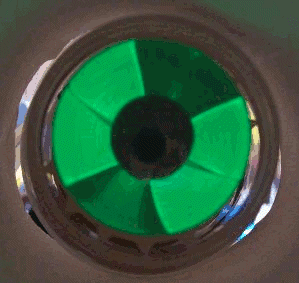CAJames
500+ Head-Fier
Unfortunately the 7n7's do not sound very good in my Incubus amps, @bcowen will attest to this, they sound much better in other amps. I designed my amps to have very little in the signal paths that might color or inhibit the sound of the tubes. That is my opinion of the outcome as well as 100 or so people who have heard the amp.
Bill kept wondering why I was not impressed, and why we did not include the 7n7 in with the 52 included in our blind listening, then he knew why after I gave him an amp. I suppose some manufacturers are trying to emulate solid state, I have a few amps where you cannot detect much difference. They have an accuracy but lack the warmth and depth of a great tube amp.
Interesting. Do 7N7s sound different than the same version of 6SN7, e.g. octal and loctal versions of the Sylvania XXX-GTA?If anything the math suggests loctal should sound better, everything else being equal. Which it never is.
Last edited:































